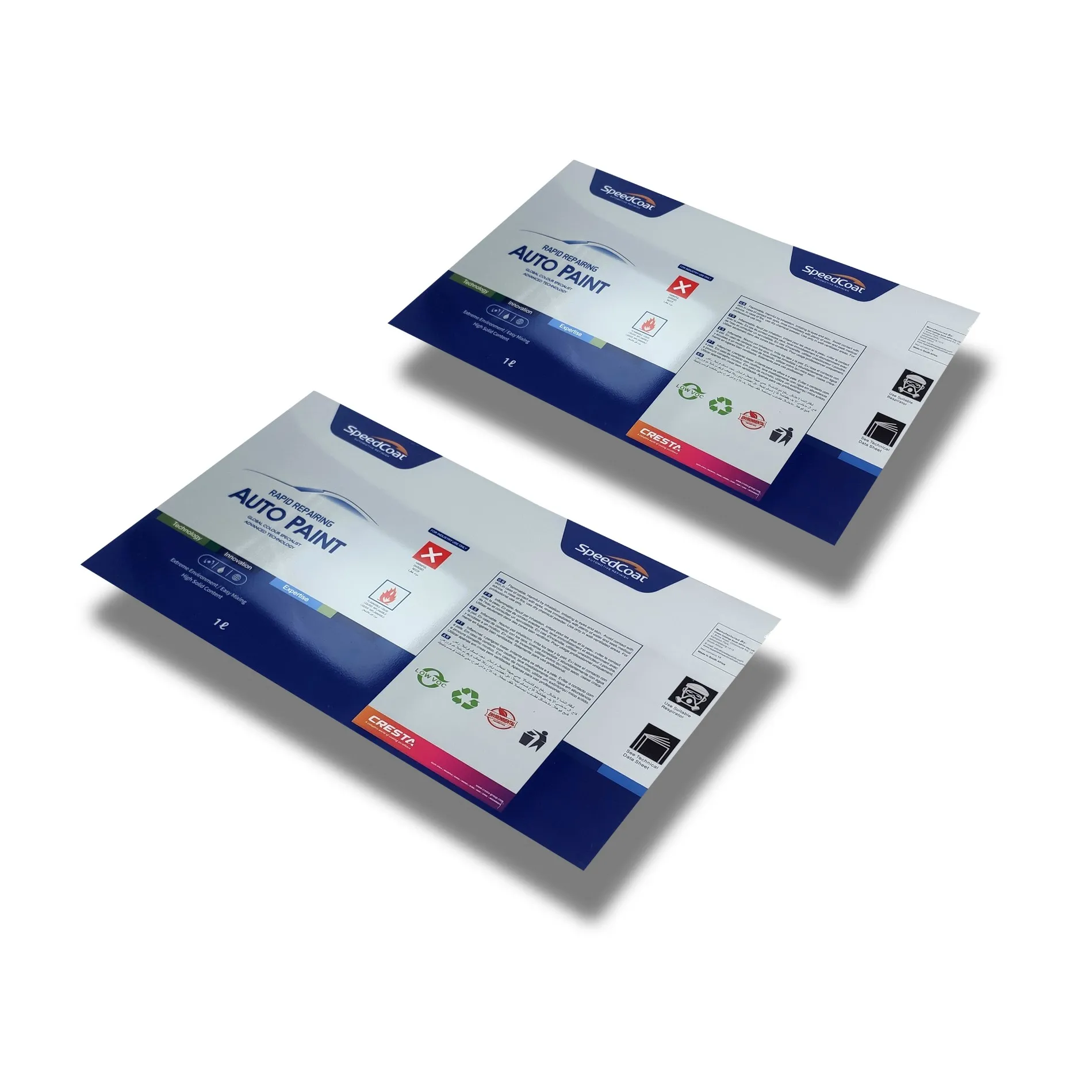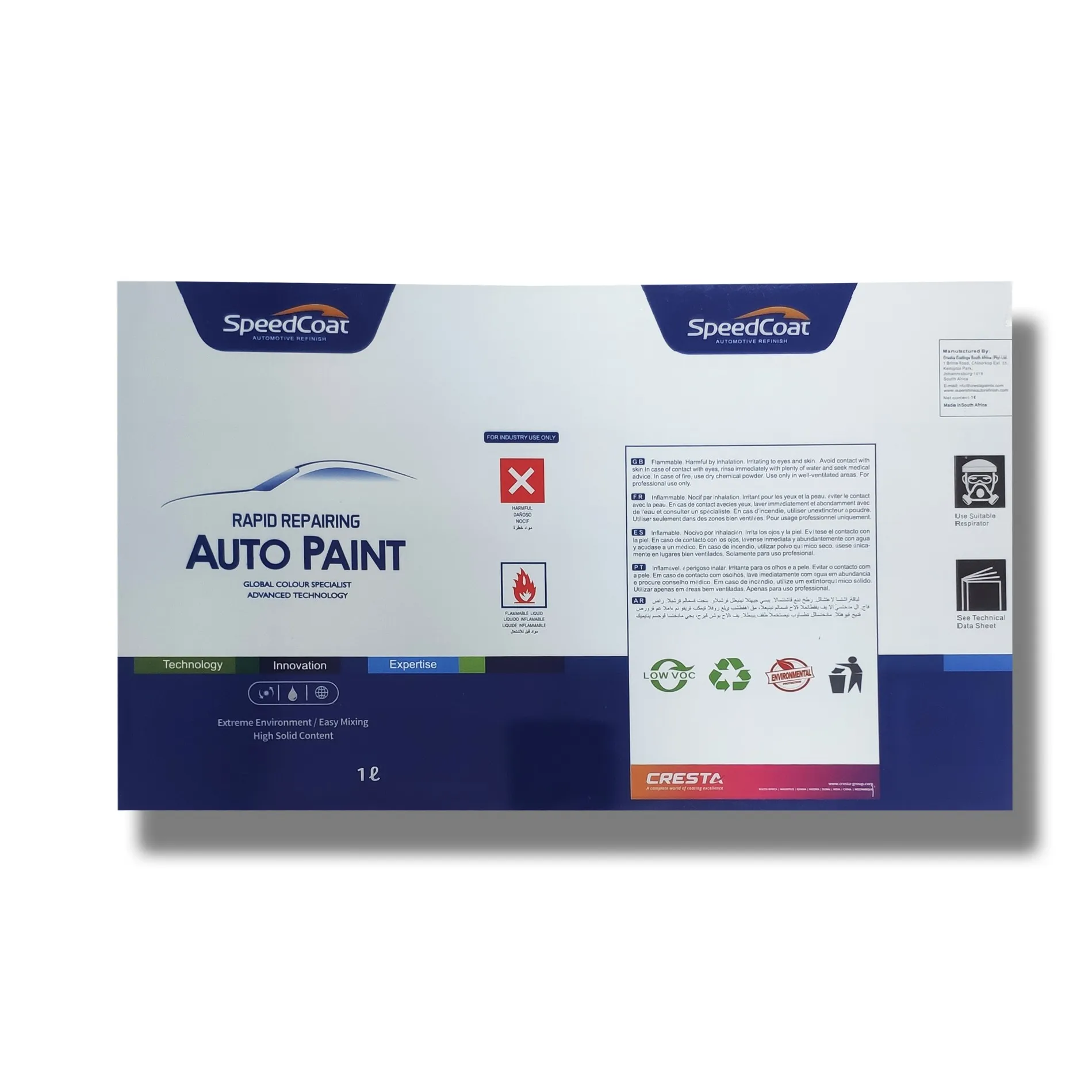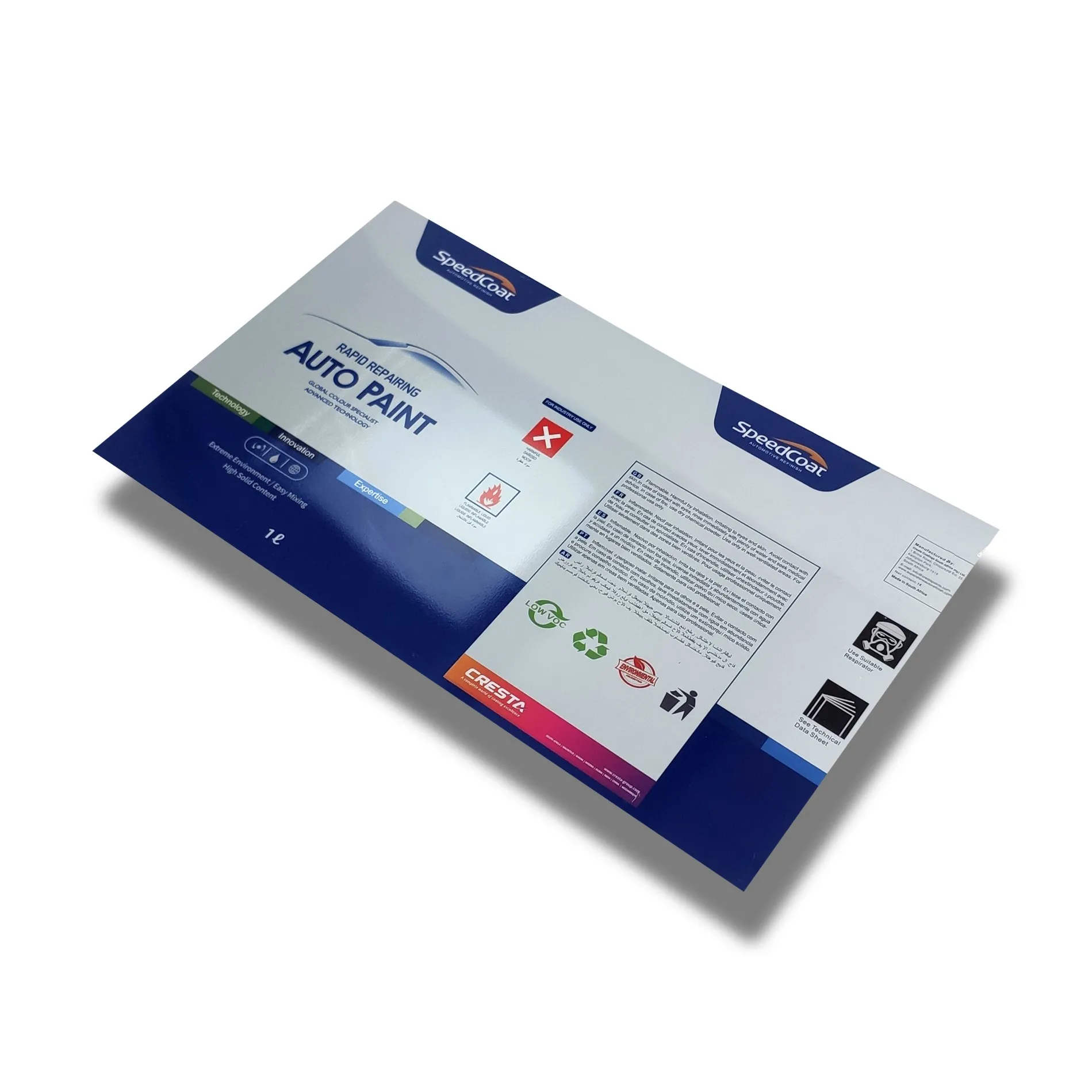Tinplate packaging cans, as a material widely used in the packaging of various commodities, occupy an important position in many industries such as food, beverages, cosmetics, and health products. Customizing tinplate packaging cans that fit the product size can not only improve the overall aesthetics and brand image of the product, but also effectively protect the quality of the product and extend the shelf life.
However, how to customize tinplate packaging cans according to the characteristics and needs of the product? What factors need to be considered in the customization process? These problems have been bothering many companies and manufacturers.
This article will explore how to customize tinplate packaging cans that fit the product size from multiple perspectives, answer related questions, and provide some references for brands and companies that need to customize tinplate packaging cans.

Why choose tinplate packaging cans?
Why is tinplate an ideal packaging material?
Tinplate, also known as tinplate steel, has unique physical and chemical properties that make it an ideal packaging material in many industries. First of all, tinplate has excellent corrosion resistance and can effectively prevent external factors such as oxygen and moisture from invading the product. It is particularly suitable for packaging foods, cosmetics, and other commodities that are susceptible to external environments. Secondly, tinplate has strong mechanical strength, which can protect the products in the package from damage during transportation and storage. In addition, tinplate has a high surface finish and can carry exquisite printed patterns, enhancing the market appeal of the product.
Due to these excellent characteristics, tinplate packaging cans are widely used in the packaging of various products, including food cans, beverage cans, health care cans, cosmetic cans, etc. For enterprises, customizing tinplate packaging cans of appropriate size can protect the products while enhancing the brand image and competitiveness.
The necessity of customizing tinplate packaging cans
Each product has its specific form, volume and market demand, so it is crucial to customize the size suitable for the product. Although standardized packaging cans are easy to produce and sell, they often cannot fully meet the packaging needs of some special specifications of products. Customizing tinplate packaging cans can not only minimize the waste of packaging materials, but also ensure that the product is safer and more efficient during the packaging process. In addition, customized tinplate packaging cans can be designed with a personalized appearance according to the needs of the brand to improve the recognition and attractiveness of the product in the market.

How to determine the appropriate size of the product packaging can?
What is the basis for determining the product size?
When determining the size of a tinplate can, the characteristics of the product itself must be considered first. For example, liquid products such as beverages and oils need to consider the capacity and filling method of the liquid, while solid products such as biscuits and candies need to determine the packaging size based on the volume, weight and shape of the product. In addition, factors such as the shape, opening design, and internal coating of the tinplate can will also affect the choice of size. In general, the appropriate packaging size should be able to completely wrap the product, avoid gaps that are too large or too small, and ensure the integrity and beauty of the product.
● Capacity requirements: For liquid products, capacity is the key factor in determining the size of the can. Manufacturers usually determine the volume of the tinplate can based on the standard capacity of the product (such as 250ml, 500ml, 1L, etc.).
● Shape and size: In addition to considering the capacity, the diameter and height of the can body of solid products must also be designed according to the shape of the product. For example, long-shaped biscuits may require a narrower tinplate can, while round candies are suitable for standard cylindrical cans.
● Filling method: Different filling methods (manual filling, automatic filling, etc.) will also affect the packaging size. For example, the automated filling line needs to ensure that the opening size of the can body matches the filling equipment to improve production efficiency.
Is there a universal size standard?
Although the packaging requirements of different brands and products vary, there are still some common packaging can sizes in some industries. For example, food cans, beverage cans, coffee cans and other products are usually packaged in some industry standard sizes. These standard sizes can not only simplify the production process, but also reduce production costs. However, even for standard-sized tinplate packaging cans, manufacturers can still make fine adjustments according to product requirements to ensure that they better fit the product.

How to choose a suitable tinplate packaging can manufacturer?
How to choose a reliable manufacturer for customized production?
Choosing a suitable tinplate packaging can manufacturer is a key step to ensure packaging quality and production efficiency. When choosing a manufacturer, companies should consider the following aspects:
● Manufacturer's qualifications and experience: An experienced tinplate packaging can manufacturer can usually provide more professional customization services according to the needs of different products. Choosing a manufacturer with industry certification and long-term cooperation experience can effectively reduce the risks in the production process.
● Production capacity and equipment: It is very important to choose a manufacturer with advanced production equipment. An efficient production line can not only ensure the accuracy of customized dimensions, but also meet large-scale production needs in a short time and avoid delivery delays.
● Customized services and technical support: Customized packaging cans need to consider not only the size, but also the personalized requirements of the product appearance. A good manufacturer should be able to provide customized services such as a variety of coatings, printing, opening designs, and provide technical support and solutions during the production process.
● Quality control system: A good quality control system can ensure that each batch of packaging cans meets the standards and avoids quality problems during the production process. Reliable manufacturers usually provide quality assurance to ensure that the performance and appearance of the product meet the expected requirements.
● Environmental protection and regulatory compliance: With the continuous tightening of environmental protection requirements and regulations, it is particularly important to choose manufacturers that meet international environmental standards and relevant regulations. Ensure that the packaging cans do not contain harmful substances and meet relevant food packaging safety standards to avoid affecting the brand reputation due to non-compliant products.
How to ensure the accuracy of customized dimensions?
In the customization process of tinplate packaging cans, accurate size design is the basis for ensuring product quality and production efficiency. Manufacturers usually provide samples or design drawings according to customer needs, and companies can confirm details such as size, material, coating, etc. based on the samples. If the size is not suitable, the product may not fit the packaging can perfectly, which will affect the production process and consumer experience.
● Proofing link: Before the formal mass production, the proofing link is very critical. By making samples, companies can comprehensively check whether the size, shape, coating, etc. of the packaging cans meet the requirements, and make necessary modifications and optimizations.
● 3D design and simulation: With the development of technology, many tinplate packaging can manufacturers have begun to adopt 3D design and simulation technology to ensure that the packaging cans meet the precise size and shape requirements before production. Through digital design, companies can more intuitively view the final effect of the packaging cans and reduce errors.

Precautions for choosing customized tinplate packaging cans
How to balance cost and quality?
In the process of customizing tinplate packaging cans, cost and quality are two key factors. Excessive pursuit of low cost may lead to unstable quality of packaging cans and even affect the market competitiveness of products. Excessive emphasis on quality may lead to excessive increase in packaging costs and affect the profit margins of enterprises. How to balance cost and quality is an issue that every company needs to consider carefully when choosing packaging materials.
● Reasonable budget: Companies should formulate reasonable packaging budgets based on their product positioning, market demand and production scale. On the basis of ensuring the quality of packaging cans, find cost-effective customized solutions.
● Advantages of mass production: Generally speaking, mass production can effectively reduce the cost of a single packaging can. Therefore, companies should consider the production scale and the number of customized packaging cans to ensure the best balance between production efficiency and cost.
How to ensure that the appearance of tinplate packaging cans is consistent with the brand image?
Tinplate packaging cans not only protect the product, but also need to attract consumers' attention and enhance the brand image. Therefore, the appearance of the packaging design is crucial. When customizing tinplate packaging cans, in addition to considering the size, pattern design, color matching, printing process, etc. are also factors that cannot be ignored. Excellent design can make the product stand out in the market.
● Design style consistency: Companies need to ensure the consistency of packaging design and brand image. Design style, color tone, font, etc. should be consistent with brand positioning.
● Printing process selection: According to the specific needs of the packaging, companies can choose different printing processes, such as offset printing, screen printing, etc., to achieve the best visual effect.

